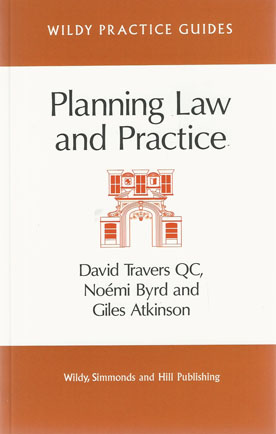
Planning Law and Practice is a clear, comprehensive and up-to-date guide to Town and Country Planning Law providing an overview of the planning system and the latest policy and legislative changes including the impact of the National Planning Policy Framework.
The book summarises the core legal principles applicable to each stage of the planning process and is divided into six chapters covering the following main topics:-